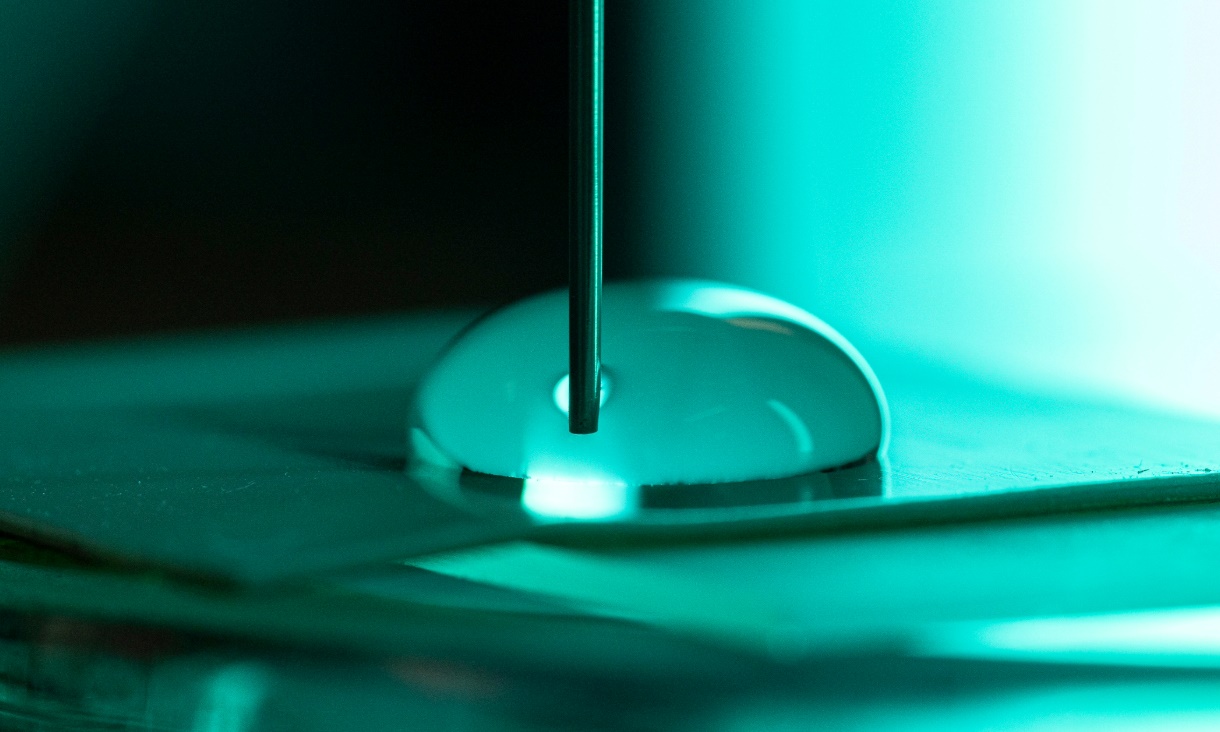Water expert joins RMIT Europe
Drawing on extensive expertise in water resource science from Melbourne, Australia, RMIT’s Professor Vincent Pettigrove is set to collaborate with RMIT Europe’s staff and industry partners over the next six months, particularly through his involvement in a research project aimed at improving coastal resilience throughout Europe.
RMIT Centre for Applied Quantum Technologies launches during International Year of Quantum
This week, RMIT Centre for Applied Quantum Technologies (RAQT) was launched by the University.
Water movement on surfaces makes more electric charge than expected
Researchers from RMIT University and the University of Melbourne have discovered that water generates an electrical charge up to 10 times greater than previously understood when it moves across a surface.
RMIT students travel to India under BITS partnership expansion
Six students from RMIT’s Australia and Vietnam campuses travelled to BITS Pilani’s Goa campus for a study tour where they were immersed in Goan culture.





